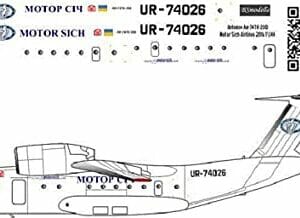Description
In the mid-1920s, two former German military pilots Henrich Focke and Georg Wulf founded an aeronautical firm in Bremen, the main purpose of which was to create passenger aircraft, since at that time, according to the Versailles agreements, Germany was not allowed to have armed forces as well as aviation. In the mid-1920s and early 1930s, the company managed to build several successful types of aircraft, but with the rise to power of the National Socialists, a gradual withdrawal from the conditions of Versailles began, with the tacit agreement of the former victorious states. In the mid-30s, passenger air travel began to boom and the leading German airline, Lufthansa, certainly did not want to lose the lead it had already gained in this area. In 1935, a 4-engine passenger aircraft project was commissioned that could carry at least 25 long-distance passengers. The winner was Focke-Wulf with its Fw 200 project, developed by Chief Engineer Kurt Tank. In 1937, a prototype was built, which successfully passed its tests and the type soon began its commercial activities. The Second World War, which began on the 1st of September, 1939, immediately set before the German command the urgent task of a complete blockade of Great Britain, which depended heavily on foreign supplies from the colonies and dominions of the Empire. In September 1939, the military inspected Focke-Wulf’s production facilities and came to the conclusion that the Condor (as the airplane was officially known) could be quickly converted into a maritime patrol aircraft for various missions over the sea. Thus began a new page in the story of the one time air transport.






Reviews
There are no reviews yet.